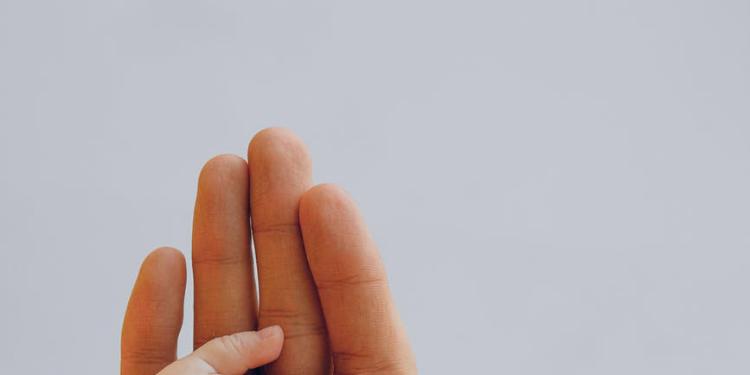Congratulations! It’s a boy… or a girl… You’ve imagined those words throughout your nine magical months. But, what you probably have not thought about is the part where you need to put a fresh nappy on the little person!
Even after having two little girls, I worried about changing my little boy’s nappy for the first time. For some reason, I thought it was going to be really difficult. But actually, it was easier!
So how do you change a baby’s nappy? Assuming you are using disposable nappies, as most mums do, at least in the beginning, here are some tips:
Lie your baby on a flat surface, preferably on a soft changing mat; this allows little accidents to be wiped up quickly. If you are placing your baby on a raised surface or a changing station, never leave him unattended for even the slightest moment. Babies can and do fall off raised surfaces, often with disastrous consequences.
Advances in technology allow us to keep the wet surface of the nappy away from the baby. Although this is great for your baby, it can make it difficult to tell if the nappy is wet. So how will you know if the nappy needs to be changed? A wet nappy will feel soft and squishy on the outside. It may also have increased in size. The moisture-absorbing material within the nappy swells when it comes into contact with urine making it easy to tell if the nappy is wet.
Obviously, a soiled nappy is easier to detect as you can just peep inside; or, more often than not, you can smell it!
As your baby gets older he will become more wriggly at every nappy change. A good tip is to hang a mobile above his changing station or give him a different toy to keep his interest at changing time – making nappy changes much less tiring for mum!
Remove the old nappy. Wipe the baby’s bottom with some cotton wool pads soaked in warm water. You do not need to use soap or scented wipes on a newborn baby. Newborns have extremely soft, sensitive skin which is easily irritated. A so-called top and tail, or a warm bath once a day, is enough. When the baby is a few weeks old you can wash him with a warm soapy cloth or some sensitive baby wipes at each nappy change.
Wipe baby girls from front to back to avoid the risk of cross-infection. With baby boys, you will need to ensure you wipe around and under their little bits! However, never pull back the foreskin. You may cause damage and infection if you attempt to.
Creams and talc are unnecessary. Nappies today are so effective at keeping moisture away from the skin that creams are not required. In fact, creams can actually hinder the nappy’s performance, making irritation more likely.
If your baby has nappy rash, and you really feel that cream is required, apply it very thinly before putting on the fresh nappy. Also, let the air at your baby’s bottom. Let him lie on the changing mat on the floor for a while without a nappy. You may want to put an old towel or absorbent bed cloth under him so that he will not be lying in a puddle getting cold if he does wet it.
Put the fresh nappy under the baby’s bottom, with the sticky seals at the back!
Lift the front of the nappy up over the baby’s bottom and fasten it closed. Do not fasten it too tightly as this will be uncomfortable. Allow the baby some room to breathe!
Voilà! All Done… until the next one!




